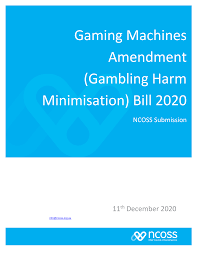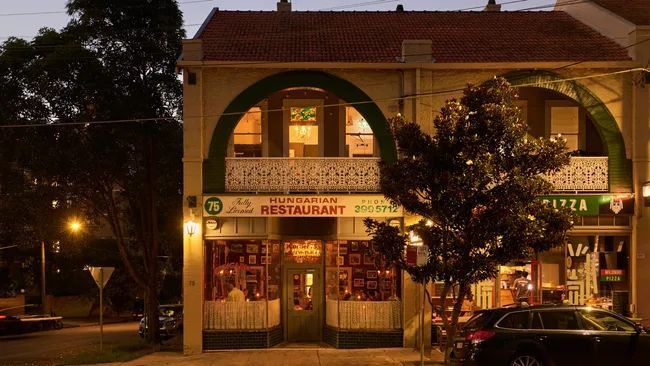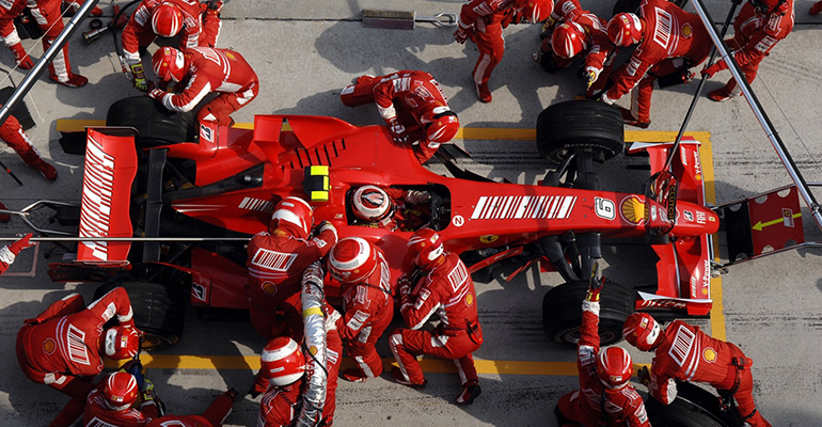Post-COVID Staff Challenge
Help! We need staff!
This is an almost universal cry I hear from clubs, pubs and restaurants wherever I go right now. Importantly, I hear the desperation for the staff to be good quality – trained and keen – to enhance the customer service experience in venues. Where did everyone go?
The peak of COVID has well and truly passed, but we still are waiting for the international students and the working holiday makers to come back in force and plug the gaps. Whilst the number of international students is up 20 percent on this time last year, we still have not reached the pre-pandemic levels.
Government changes introduced this year (including new minimum pay rates for all workers) address the potential exploitation of working holiday makers and international students. The lift in the Temporary Skilled Migration Income Threshold (TSMIT) to A$70,000 per annum as a minimum, will apply to chefs and cooks brought in from overseas to help alleviate the shortage in our kitchens. That may not seem much by comparison to local chefs, who will often demand $100,000 or more, it nonetheless puts upward pressure on costs to run your food outlets.
That minimum threshold equates to $35.45 per hour gross for those in the kitchen with the skills. This is also in line with the basic minimum wage increase from 1 July 2023 to $23.23 per hour (which equates to just shy of $46,000 per annum) for cleaners, bar and food staff with even the bare minimum of skills. Casuals will be entitled to a minimum of $29.04 per hour (with the inclusion of their 25 percent casual loading) which will earn them a pro-rata income of $57,383 per annum (for full time work).
I have absolutely no problem with these wage levels, as many of our lowest paid workers are the hardest workers and will often work more than one job to make ends meet. The Australian Council of Social Service (ACOSS) reports this year that one in eight (1 in 8) people in Australia are living in poverty and the working poor include 34 percent of sole parent households living in poverty.
Poverty is defined currently by ACOSS as earning less than 50 percent of the minimum wage – or $489 per week for a single person and $1,027 for a couple with two children.
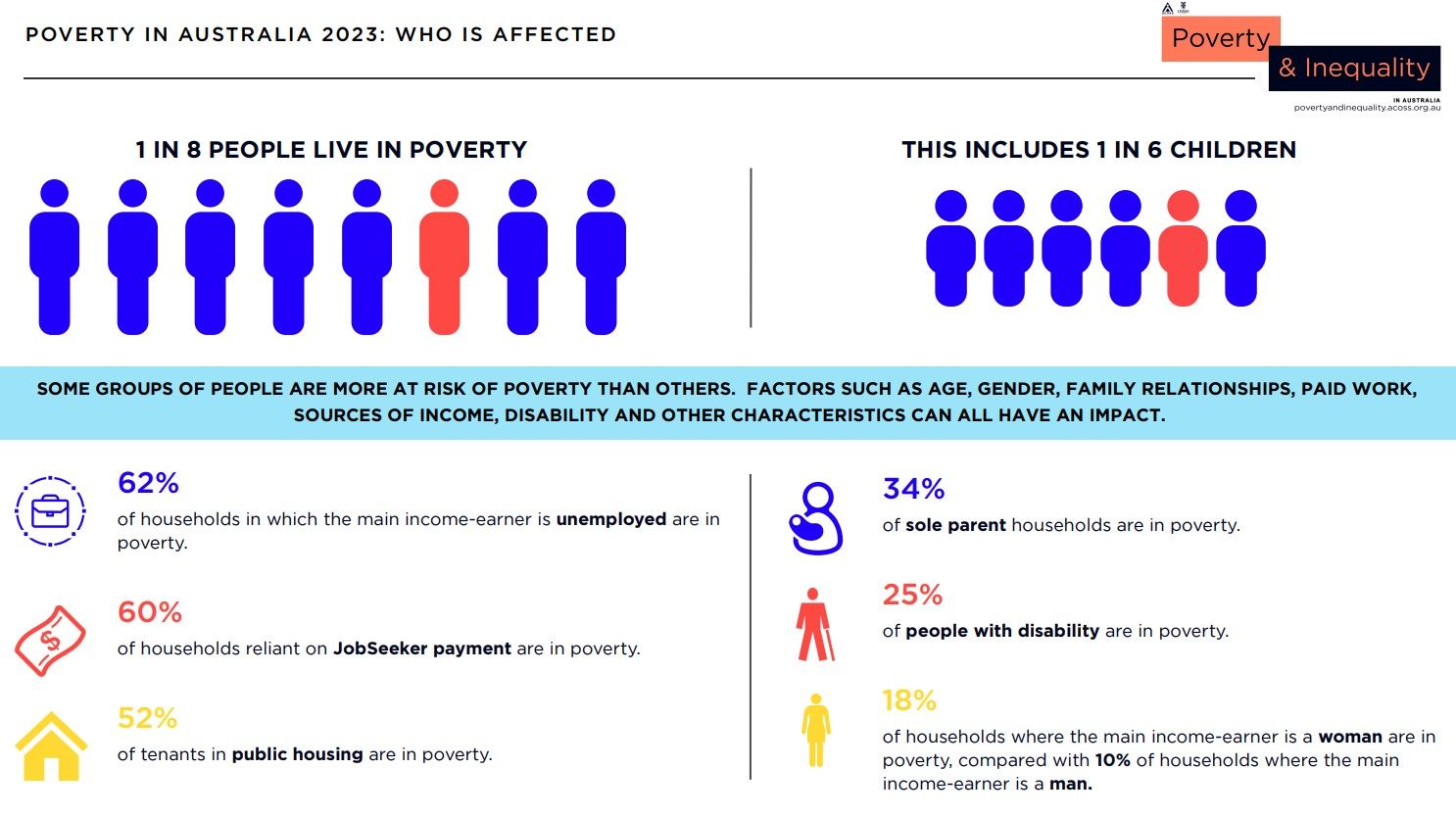
Now I am not an economist, but when inflation is running at 6.8 percent and catch-up wage increases run at 5.75 percent, we are on a hiding to greater inflation. Wage growth, whilst warranted and needed, inevitably puts upward pressure on cost of both goods and services, which then drives prices up to compensate and maintain profit margins. Add the low unemployment rate of 3.6 percent and high participation rate of 66.9 percent (we have 14,011,800 people employed of a potential worker population of 20,944,394), the war for talent will also inevitably add upward wage pressure on employers.
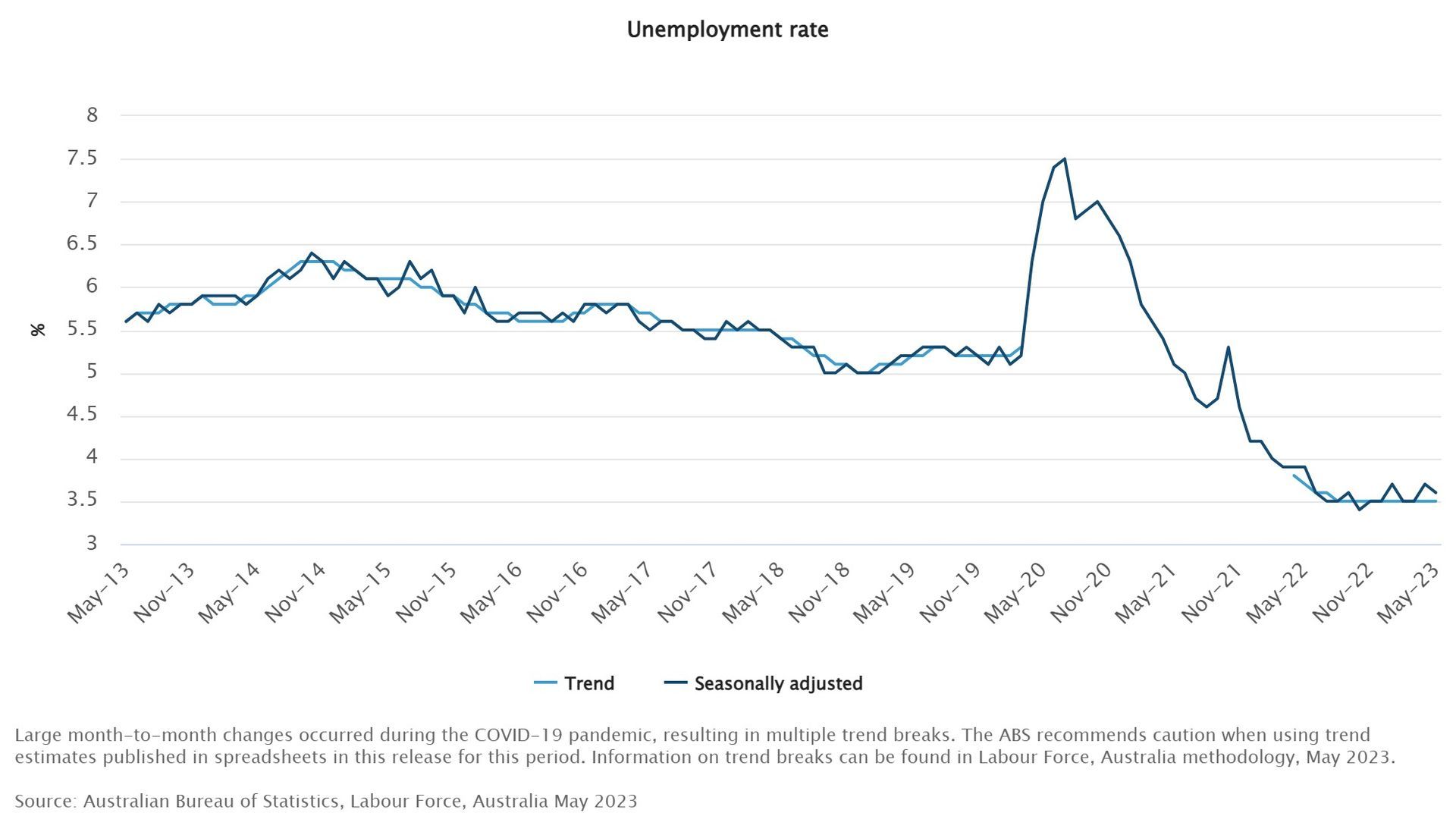
Finding and retaining quality staff
If you can find quality staff, the battle is to keep them. Given that the labour market is not dissimilar to the eighties, when you could literally walk out of a job today and into a new one tomorrow, people will start to ask for bonuses and benefits to stay with an employer.
I have seen many inexperienced workers in hospitality over the past six (6) months, who patently have not been well trained, if they got any training at all. And I still hear employers bemoaning the cost of training staff, with the inherent risk that they walk away to a higher paid position, once they are better trained.
Over 40 years in the workforce has demonstrated the value to me of investing in the right staff. The secret to maximising your situation comes down to the following key points for me:
x Hire for attitude and train for skills – a person with a positive, enthusiastic attitude can be trained to do just about anything
x Invest in training on an ongoing basis – continual training of your staff shows that you value them as part of your team, which will strengthen the bonds of loyalty, whilst improving their performance at the same time
x Make it worthwhile for your staff to stay - with beneficial pay and conditions.
Richard Branson famously said –

This has been my adopted mantra for many years now.
Your frontline
Your staff, particularly in hospitality, are the window to your business philosophy and success. Well trained staff, with a positive, professional and friendly attitude, executing their roles promptly and efficiently will cause customers (members and all patrons in clubs) to keep coming back.
Interestingly, most people don’t consciously register good service when they receive it, but they absolutely register bad service when they are on the receiving end. Rude, slow, sloppy and unprofessional staff can kill your business, especially in hospitality, so they need to be replaced – by training or terminating – with the best quality staff you can access.
Whilst it can be a challenge in the large metropolitan areas to find good staff, it can be seriously challenging in small regional towns and remote communities. This is where the value of finding the best, training and retaining them, really pays off.
Simple Hospitality 101 tasks like:
x Pulling a beer properly
x Smiling and engaging in polite conversation with patrons
x Being able to do a three (3) plate carry when running food
x Clearing a table efficiently by proper stacking of plates
x Collecting glasses and checking for lipstick before washing them
x Wiping down tables and other surfaces between customers (including EGMs)
x Keeping fridges full
x Keeping eyes up (not bar blind) and looking round the venue regularly
x Practising Responsible Service of Alcohol (RSA) diligently
The combination and culmination of these simple techniques will provide the minimum expected level of service and enjoyment to your customers. As the frontline interface with your customers, the right staff can make a huge difference to the success of your venue.
A final point is that being short-staffed, with good staff, is better than hanging onto bad staff, because you are short of staff. Bad staff are like poison in your business. If you can’t fix bad staff, through training and guidance, you are much better off getting rid of them (properly performance managed) than hanging onto them to fill the roster.
For more information or a review of your staff and organisational structure, contact Ron Browne to assist 0414 633 423 ron@extrapreneurservices.com.au
